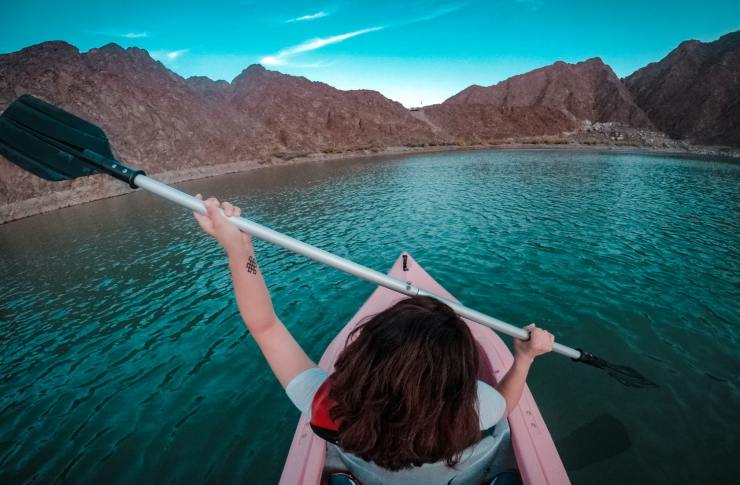Kayak Camping: Blending Aquatic Adventure with Wilderness Exploration
Imagine gliding silently through pristine waters, your kayak laden with camping gear, as you approach a secluded shoreline. Welcome to the world of kayak camping, an exhilarating fusion of paddling and wilderness camping that's captivating adventurers worldwide. This unique travel style offers unparalleled access to remote landscapes, combining the thrill of water exploration with the serenity of overnight stays in nature's embrace. Let's dive into the essence of kayak camping and discover why it's becoming a preferred choice for outdoor enthusiasts seeking a fresh perspective on adventure travel.

The Allure of Waterborne Wilderness
What sets kayak camping apart from traditional backpacking or car camping is the unparalleled access it provides to remote, water-adjacent locations. Paddlers can reach shorelines inaccessible by foot or vehicle, setting up camp in truly pristine environments. This unique vantage point offers a fresh perspective on familiar landscapes and opens up possibilities for exploration in coastal areas, lakes, and river systems.
Gear Innovations Fueling the Trend
The surge in kayak camping’s popularity can be attributed, in part, to significant advancements in gear technology. Modern kayaks designed specifically for camping feature ample storage space, improved stability, and lightweight materials that make long-distance paddling more comfortable and efficient. Innovations in camping gear, such as ultra-compact tents, water filtration systems, and dehydrated meals, have also made it easier for paddlers to pack everything they need for multi-day adventures.
Planning Your Kayak Camping Adventure
Successful kayak camping requires meticulous planning and a solid understanding of both paddling and camping skills. Route selection is crucial, taking into account factors such as water conditions, weather patterns, and potential campsites. Paddlers must be adept at reading water currents, navigating with maps and GPS, and practicing Leave No Trace principles to minimize their impact on fragile ecosystems.
The Environmental Impact and Conservation Efforts
As kayak camping gains popularity, there’s a growing emphasis on responsible practices to protect the pristine environments that draw paddlers. Many organizations and tour operators now offer educational programs focused on sustainable kayak camping techniques, emphasizing the importance of proper waste management, wildlife observation ethics, and campsite selection to minimize ecological impact.
Kayak Camping Essentials
• Invest in a sea kayak or touring kayak with ample storage capacity
• Pack lightweight, waterproof camping gear designed for compact storage
• Learn and practice essential kayaking skills, including self-rescue techniques
• Research water conditions, tides, and weather patterns for your chosen route
• Obtain necessary permits and familiarize yourself with local regulations
• Carry a detailed map, compass, and GPS device for navigation
• Pack a waterproof first-aid kit and emergency communication device
The Future of Kayak Camping
As travelers increasingly seek immersive, nature-based experiences, kayak camping is poised for continued growth. The combination of physical challenge, wilderness immersion, and the opportunity for solitude appeals to a wide range of adventurers, from seasoned outdoor enthusiasts to those looking to disconnect from the digital world. With ongoing innovations in gear technology and a growing emphasis on sustainable travel practices, kayak camping represents a compelling frontier in adventure tourism, offering a unique way to explore and connect with the world’s waterways and wild places.





